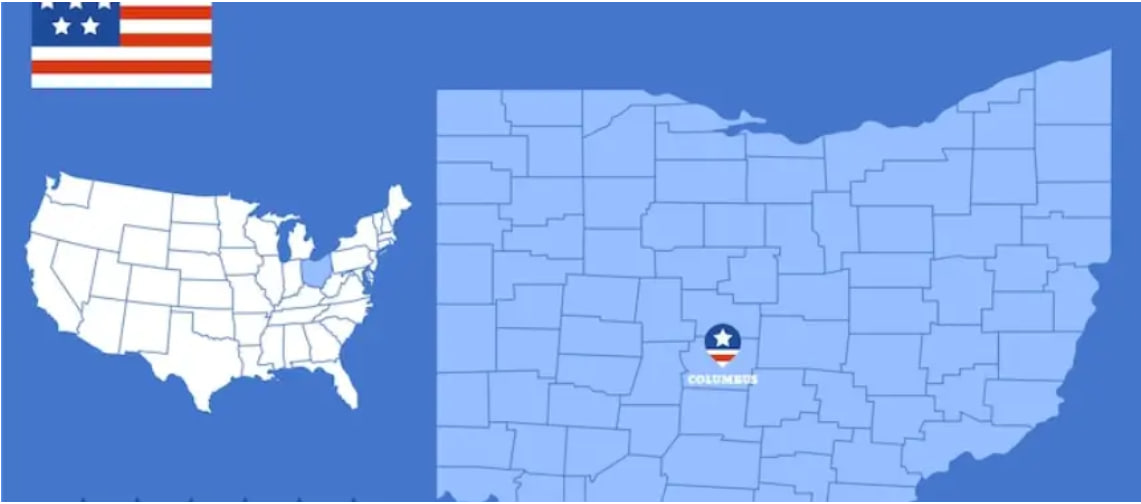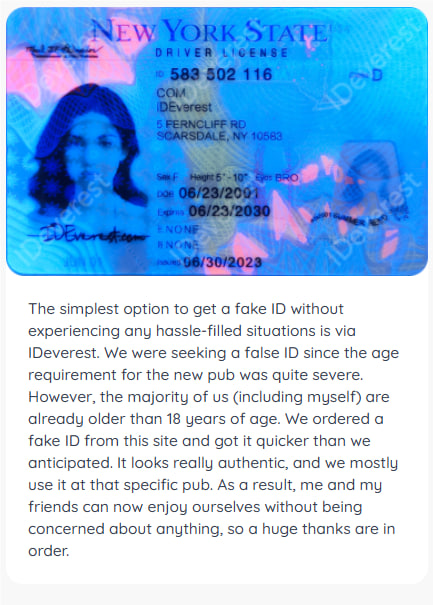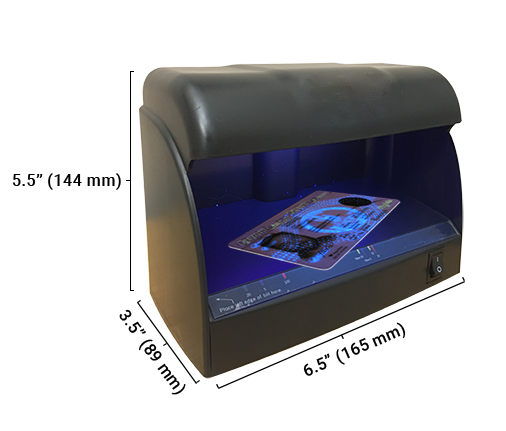You need to know that different levels of driver's licenses are for different people
You need to know that different levels of driver's licenses are for different people
Driver's licenses (such as Minnesota fake ID, New Mexico fake ID, Georgia scannable ID, and Texas scannable ID, etc.) are essential for an individual to legally operate a motor vehicle. They are for different groups of people, reflecting different needs, abilities, and situations. This comprehensive exploration will cover the different types of individuals for whom driver's licenses are for, focusing on age groups, people with disabilities, foreign nationals, new residents, temporary drivers, and commercial drivers, among others.












1. Age Groups
a. Minors: In many jurisdictions, individuals can apply for a learner's permit as early as age 15 or 16. The process is designed to ensure that young drivers receive the necessary training and experience before obtaining a full license.
Graded Licensing System: Many areas adopt a graduated licensing system (GLS), which provides a structured approach to obtaining driving privileges. This typically includes three stages:
o Learner's Permit: Allows driving with a licensed adult, emphasizing supervised practice.
o Provisional License: Grants limited driving privileges, often with restrictions such as prohibiting night driving or limiting the number of passengers.
o Full driver license: Issued after meeting specific requirements, including a certain number of driving hours and passing an exam.
These systems are critical to promoting safety and reducing accidents for new drivers.
b. Adults: For adults, the licensing process may vary based on prior driving experience. Some may be getting their license for the first time, while others may be transitioning from a learner's permit or a foreign license.
Testing requirements: Adults are typically subject to written and practical driving tests to assess knowledge of traffic laws and driving skills.
c. Seniors: As they age, their driving abilities may decline due to factors such as decreased vision, slower reflexes, and cognitive changes. Many jurisdictions have implemented specific accommodations for older drivers, including:
Renewal programs: Some states require older adults to take more frequent tests or mandate vision tests upon renewal.
Special programs: Educational programs and assessments can help older adults learn about safe driving practices and adapt to changes in their abilities.
2. People with disabilities
People with disabilities often face unique challenges when it comes to driving. To accommodate these individuals, various accommodations and provisions are in place:
a. Physical disabilities: For people with limited mobility, specialized vehicles with hand controls, ramps, or lifts may be required.
Adaptive equipment: Licensing agencies may require proof that the driver has been trained to safely use adaptive equipment.
Testing accommodations: Driving tests may be modified to accommodate physical limitations.
b. Cognitive impairments: People with cognitive impairments may need additional support to understand driving rules and practices.
Specialized training: Programs can provide tailored instruction to help these individuals develop safe driving habits.
Supportive policies: In some cases, additional assessments may be required to determine a person's ability to drive safely.
3. Foreigners
Many countries allow foreigners to drive using their native license for a limited time. However, accommodations for these drivers may include:
a. International Driving Permit (IDP): An IDP is often recommended for foreign visitors, which translates the holder's license into multiple languages and provides additional proof of identity.
b. Conversion process: Foreigners seeking to obtain a local driver's license may need to pass specific tests or meet certain requirements, depending on driving standards in their home country.
c. Provisional Licenses: Some jurisdictions offer temporary licenses to tourists or temporary residents, allowing them to drive in the country without going through the full licensing process.
4. New Residents
People who move to a new state or country often face unique challenges in obtaining a license. Accommodations for these groups may include:
a. Reciprocity agreements: Some areas have agreements that recognize the validity of out-of-state or foreign licenses, allowing new residents to convert licenses without extensive testing.
b. Onboarding programs: Educational resources are available to help new residents understand local traffic laws, road signs, and driving habits.
c. Streamlined procedures: Many jurisdictions have streamlined the process for new residents to facilitate a smoother transition into the driving environment.
5. Provisional Drivers
Provisional licenses are designed for individuals who are on their way to full driving privileges. This category includes new drivers who have completed the learner's permit phase.
a. Restrictions: Provisional licenses often come with specific restrictions, such as restrictions on night driving or limits on the number of passengers. These restrictions are designed to reduce risk as drivers gain experience.
b. Monitoring programs: Some jurisdictions have programs to monitor provisional drivers, encouraging safe driving through tracking and feedback mechanisms.
6. Commercial Drivers
The Commercial Driver License (CDL) is tailored for individuals who drive large vehicles or transport goods and passengers.
a. Specialized Training and Testing: CDL applicants must undergo rigorous training and testing that focuses on the unique challenges of driving commercial vehicles. These include:
Knowledge Test: Covers specific regulations and safety protocols for commercial driving.
Skills Test: Assess the ability to maneuver large vehicles and handle challenging driving situations.
b. Endorsements: Certain types of commercial driving, such as driving a bus or carrying hazardous materials, require additional endorsements. These accommodations ensure that drivers are adequately trained to complete specialized tasks.
7. Cultural and Language Accommodations
Cultural and linguistic diversity can impact an individual's ability to navigate the driver's license application process. Accommodations may include:
a. Language Assistance: Many jurisdictions offer materials in multiple languages to help non-native speakers understand the requirements and process.
b. Culturally Relevant Education: Driver education programs may include culturally sensitive materials that respect different backgrounds and driving habits.
Conclusion
Adapting driver licenses to the needs of diverse groups is critical to promoting road safety, accessibility, and inclusion. By considering factors such as age, disability, residential status, and cultural background, licensing agencies can create systems that support all individuals in becoming competent and responsible drivers. As society's needs continue to evolve, continued adaptation and innovation will be necessary to ensure the licensing process is effective and fair for everyone.












 Everything you need to know ab
Everything you need to know ab
 Enhanced Social Experience: Wh
Enhanced Social Experience: Wh
 You need to know that differen
You need to know that differen
 What You Need to Know to Buy a
What You Need to Know to Buy a